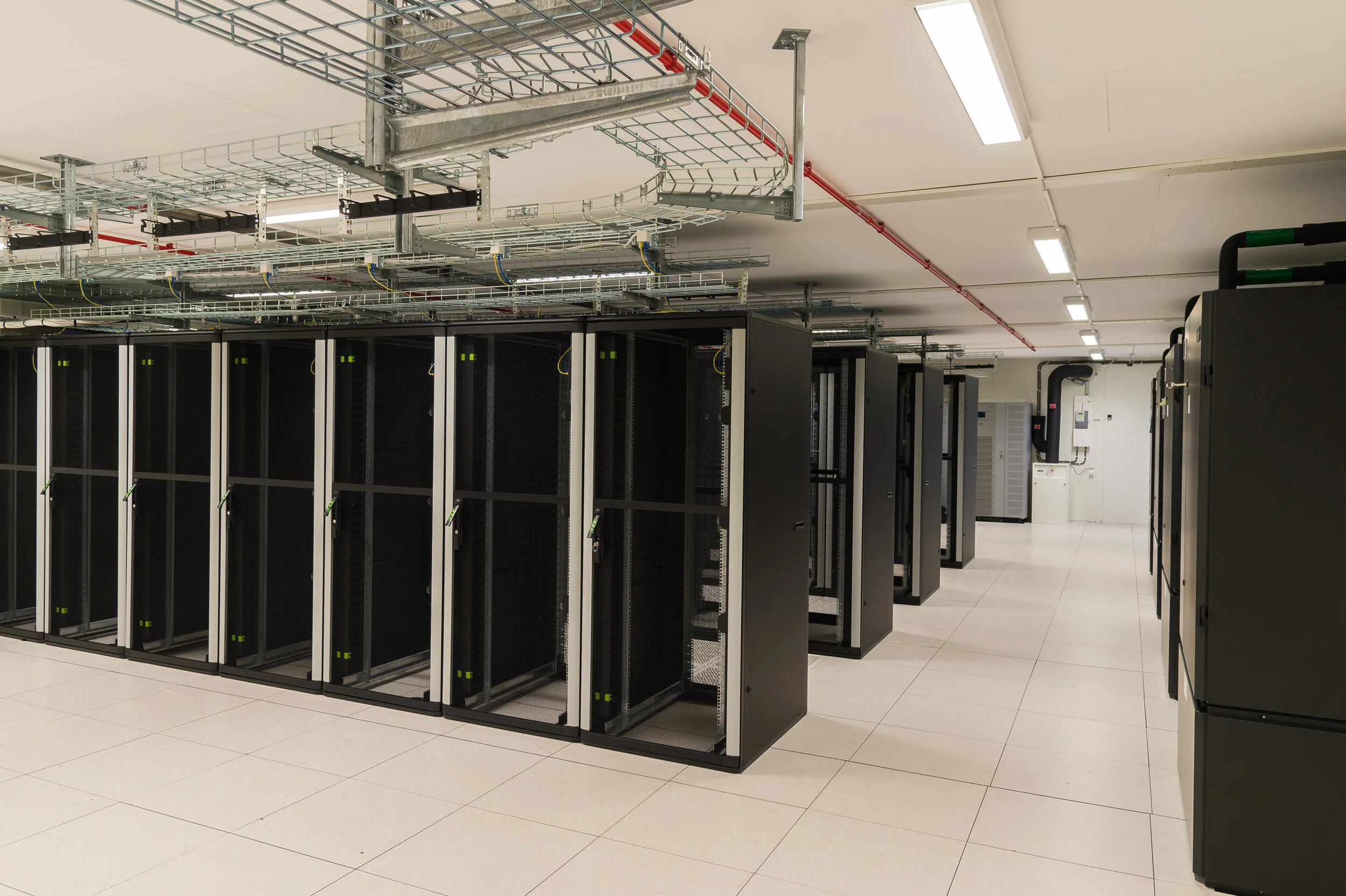FOR IMMEDIATE RELEASE
Contact: Devon Brandt
Phone: 800-906-0102
Email: dbrandt@stonedoorgroup.com
New Intelligent Automation Accelerator solution release transforms site reliability and uptime by integrating best-of-breed automation with intelligent ops.
CHATTANOOGA, Tenn. ─ (October 18, 2022) ─ Stone Door Group (SDG) announced the release of Intelligent Automation Accelerator. This new product drastically increases site reliability and uptime within enterprise IT organizations. Intelligent Automation Accelerator enables IT administrators and SRE teams to meet or exceed Service Level Objectives for entire hardware, OS, and application stacks. Red Hat Ansible and Dynatrace are the most trusted names in Automation and Application Performance Management.
According to Dynatrace's "State of SRE Report: 2022 Edition", modernizing legacy monitoring and automation systems can be overwhelming, so organizations have to find a solution that enables them to do the heavy-lifting so as to transform existing service delivery models from reactive to intelligent. Intelligent Automation Accelerator from Stone Door Group provides all the software and professional services to accelerate modernization.
Darren Hoch, Partner at Stone Door Group, understands the need for a more intelligent automation solution. He said, “After tens of thousands of hours of automation consulting, customers still struggle with the basics of availability and observability. There is no shortage of automation or observability tools. We just brought the two best platforms together to create one intelligent automation solution.”
“We’re excited to be partnering with Stone Door Group,” said Troy Wright, VP NORAM Partner Sales at Dynatrace. “Combining their teams’ expertise in customer solutions for Ansible Automation Platform with Dynatrace, which is core to powering this intelligent automation, make them a strong new partner for our joint customers that are looking to accelerate their digital transformation initiatives. This is an exciting time and I look forward to working with the team in the near future.”
Automation tools for businesses have proliferated and expanded over recent years to encompass nearly every imaginable business process. However, reactive systems automation still requires manual analysis before remediation, causing organizations to miss service level objectives within a service level agreement.
Increased cloud adoption and customer expectations for flawless software have led more organizations to require aggressive site reliability and uptime. Intelligent automation provides organizations with the ability to resolve application reliability issues within seconds instead of hours or even days. Intelligent Automation Accelerator is a turnkey software and services solution to help operations teams overcome any skills and resourcing gaps to jumpstart their Intelligent Automation journey.
For more information on Intelligent Automation Accelerator, please visit the Stone Door Group website https://www.stonedoorgroup.com/intelligent-automation-accelerator.
About Stone Door Group
Stone Door Group® is a Red Hat Premier and Dynatrace partner that helps to modernize digital enterprises through skilled cloud, automation, and DevOps professional services. They make it easy to digitally transform organizations and provide certified consultants and instructors to deliver projects on time effectively and efficiently. In addition to intelligent automation services that increase site reliability and uptime, SDG provides fully-integrated software, consulting, and training support to close the skills gap required to launch new digital native cloud initiatives.
About Dynatrace
Dynatrace (NYSE: DT) exists to make the world’s software work perfectly. Our unified software intelligence platform combines broad and deep observability and continuous runtime application security with the most advanced AIOps to provide answers and intelligent automation from data at enormous scale. This enables innovators to modernize and automate cloud operations, deliver software faster and more securely, and ensure flawless digital experiences. That is why the world’s largest organizations trust the Dynatrace® platform to accelerate digital transformation.
Contact:
Devon Brandt
Head of Product Marketing
Stone Door Group
800-906-0102
dbrandt@stonedoorgroup.com





















